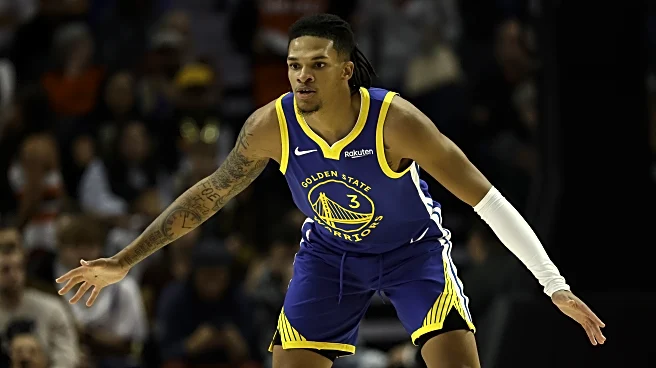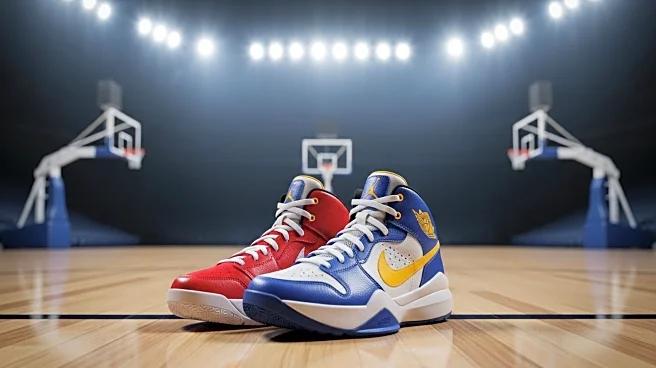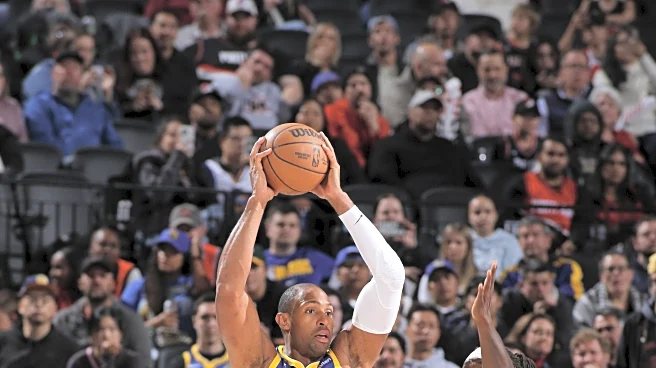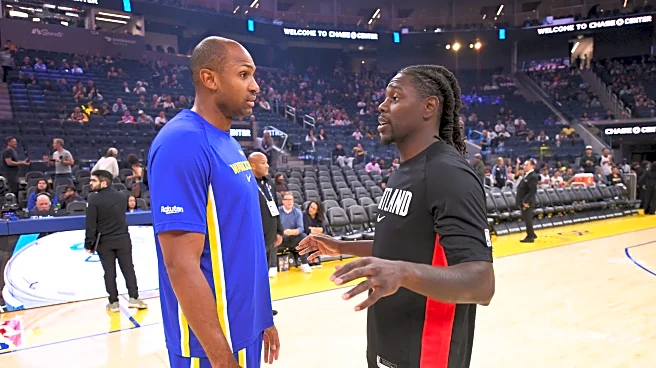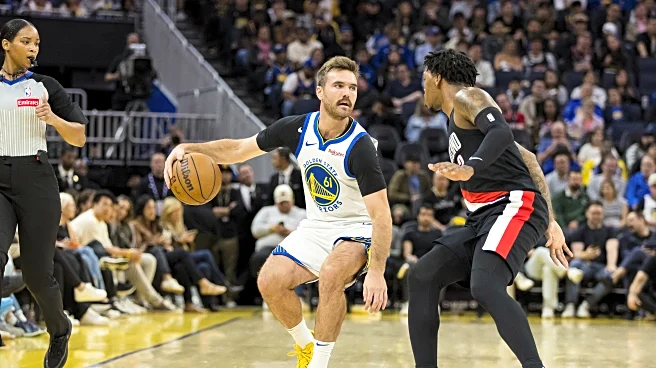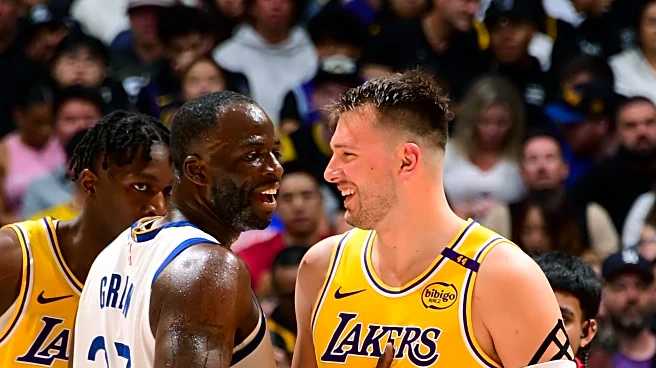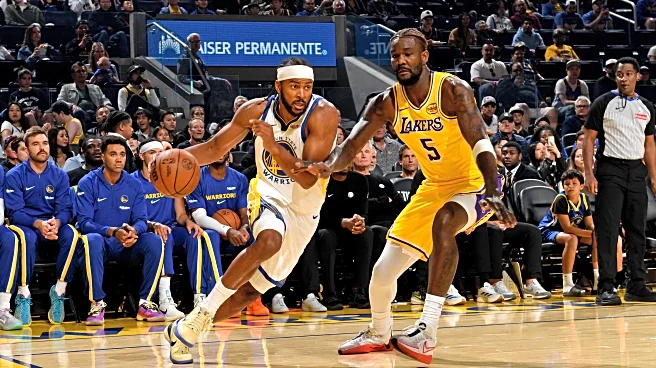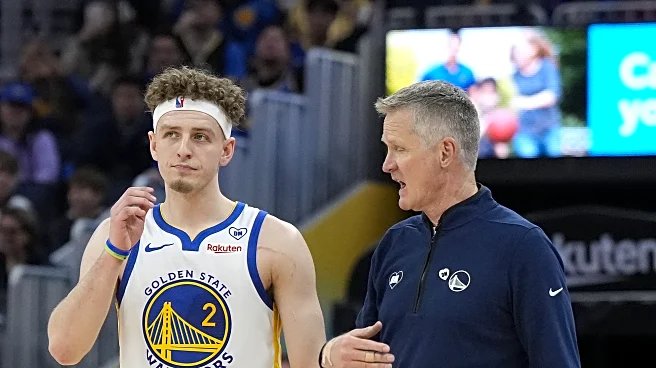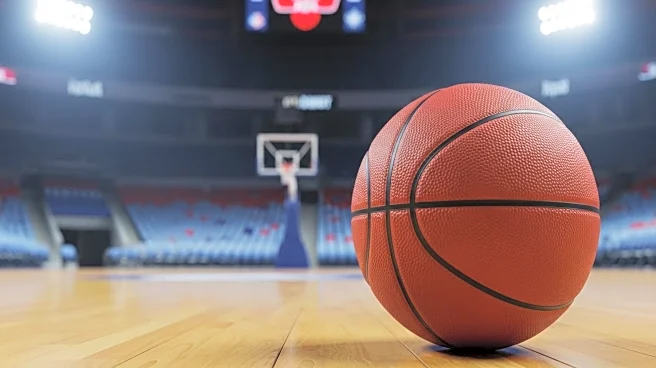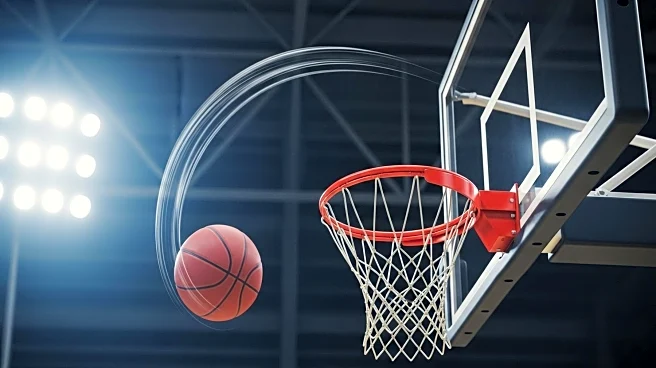A short-handed Golden State Warriors team — without Jimmy Butler, Draymond Green, and Moses Moody — trudged to their fourth preseason game in Portland amidst a continuing period of lineup experimentation
courtesy of Steve Kerr. While conclusions are hard to make considering the aforementioned absences, one possible conundrum continues to be ever present: the lack of creativity off the dribble whenever Steph Curry sits down.
That is a problem Kerr and his coaching staff will have to solve; perhaps simply having Jimmy Butler in during the non-Curry portion of regular season minutes will serve as a viable stopgap measure, as it proved to be last season (in 451 minutes of Butler on the floor without Curry, the Warriors outscored opponents by 13 points per 100 possessions).
With depth as a potential problem, one player stood out against the Trail Blazers who could blaze his way toward potential rotation minutes.
The intriguing Will Richard
Being the 56th overall pick in the NBA Draft doesn’t often guarantee a rookie such as Will Richard rotation minutes. But a precedent has been recently set by the Warriors in that regard: Quinten Post was regularly seeing minutes last season as the 52nd pick in last year’s draft, while Trayce Jackson-Davis was previously given the same treatment as the 57th pick in the 2023 draft. Whether that’s a function of an organization willing to give their dark-horse prospects burn or a referendum on their depth (or lack, thereof) is up to interpretation.
Richard is in a unique position in that he is a 6’3” two-guard who offers a toolset the Warriors may sorely need at some point during the regular season. While seemingly undersized as a two-guard, Richard compensates with a 6’10” wingspan, giving him the makings of a legitimate low-usage 3-and-D role player who can guard his position, switch, and shoot the three-ball. What immediately stands out about him is how several aspects of his defensive repertoire show a considerable level of polish.
Richard popped right away in the Warriors’ first defensive possession of the game against the Blazers:

Initially misdiagnosing the ball-screen coverage, Richard flashes good close-out fundamentals on his recovery toward Jrue Holiday on the left wing. He subsequently moves his feet laterally to stifle Holiday’s drive, bothers Holiday with his length on the pass, and forces the turnover.
Richard is adamant about not getting beat by attacks off the catch, all while using good use of his hands to bother and annoy — importantly, without crossing over to fouling.

Richard’s hands have served him well so far, to the point where he has established himself as an early candidate to the Andre Iguodala Strip Steal Master Award (yes, I made that up):

Richard’s 35.5% mark from three-point range in his four college seasons (one with Belmont, three with Florida) may not seem like an exceptionally high number, but he has the base shooting traits (quick gather, good form) that can help him develop into a much more threatening spot-up marksman.

Even without the ball in his hands, Richard has an understanding of how to make himself useful — and is almost always available as a cutting threat.

Al Horford’s screening
During the Warriors’ last game against the Los Angeles Lakers, one particularly caught my eye, one that involved a Brandin Podziemski and Draymond Green side pick-and-roll.
Take note of how the Lakers defended the side pick-and-roll: “Icing” the screen, or the defender positioning himself between the screen and the ball handler in an attempt to prevent the ball handler from using the screen and forcing him toward the sideline.

As can be seen above, Green is in the process of changing the angle of his screen, turning his back parallel to the baseline — a “flat” screen that is often employed as the classical counter to “Ice” coverage. This is commonplace throughout the league, but Green is up there in terms of execution. This allows Podziemski to step into a rhythm three with Deandre Ayton in drop coverage.

In an offense where screening both on and off the ball is arguably its lifeline, having good screeners is a must. Kevon Looney was a brick wall as a screener, a skillset that will be sorely missed — if not for Al Horford slotting in nicely to replicate Looney’s screening chops.
In an identical manner to how Green changed the angle of his screen above, Horford set a flat screen below for Curry to create an open three-point look with Donovan Clingan in drop coverage:

Additionally, this Horford ball screen for Jonathan Kuminga intrigued yours truly:

Jonathan Kuminga’s passing
It’s worthy to note that Kuminga has been attempting to pass and create off of the advantages he has been generating during preseason, an attempt to fit into the Warriors’ ethos of ball movement. Kuminga diversifying his floor game would go a long way toward consistent rotation minutes and increase his value and perception by other teams in the league.
The pass to the cutting Richard above was one example. Another was on this transition drive, during which Kuminga draws two defenders on his paint touch and finds Quinten Post flashing underneath the rim:

While the passing and the willingness to pass have been a welcome sight, it’s also fair to temper expectations. Against higher stakes, better teams with real rotations, and with a full complement of teammates, will Kuminga command the kind of usage that will allow him to develop into the kind of passer we’ve seen flashes of? Moreover, some of his passes have been better as ideas rather than as actual attempts.

But the other end of that argument: it’s better to flush out all the bad this early rather than in the process of winning actual games. Kuminga deserves a considerable amount of credit and praise for trying to fit in and mold himself into somewhat of a circular shape, after years of being a square peg trying to fit into a round hole.
